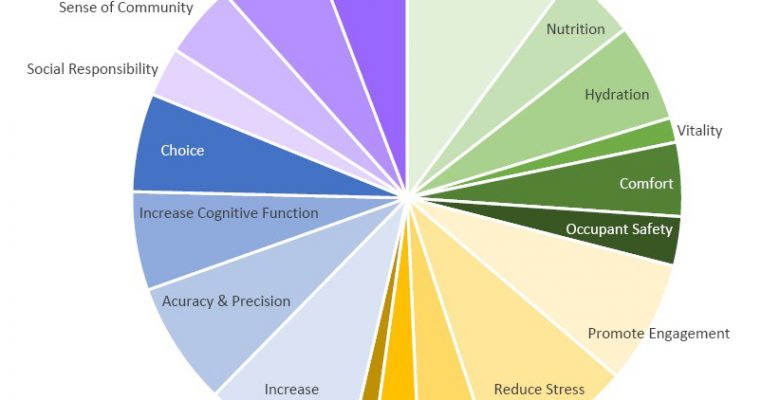The goal of this research is to explore the link between the built environment and occupant well-being using completed pre- and post-occupancy evaluations in conjunction with literature review on the topic. We hypothesized that investing in strategies that enhance whole person well-being in the workplace can positively impact business performance metrics. The methodology was to combine an analysis of design strategies from third-party rating systems for their potential impact on health with findings from a literature review of why well-being is important and a review of publicly-available pre- and post-occupancy research for metrics to support the impact of design. Using the Energy Project as a framework to define whole person well-being, the research analyzed each strategy’s impact on the four dimensions well-being: physical health, emotional happiness, mental focus and spiritual purpose. The headquarters of the American Society of Interior Designers (ASID) in Washington, DC, designed by Perkins+Will, incorporated a range of well-being strategies that contributed to it becoming the first project to be certified LEED v2009 Platinum and WELL v1 Platinum. ASID conducted an in-depth pre- and post-occupancy research project that served as an exemplary model for this research by demonstrating the impact that design has on the four dimensions of well-being. The evaluation revealed that designs utilizing strategies targeting physical health, emotional happiness, mental focus and spiritual purpose in concert have the greatest impact on both occupant health and business performance. Conclusively, the authors recommend the development of an industry standard framework for pre- and postoccupancy research that establishes a common methodology for gathering metrics in the four dimensions of well-being.
This article originally appeared in Vol 10.02 of the Perkins+Will Research Journal. CLICK HERE to see the whole article.

